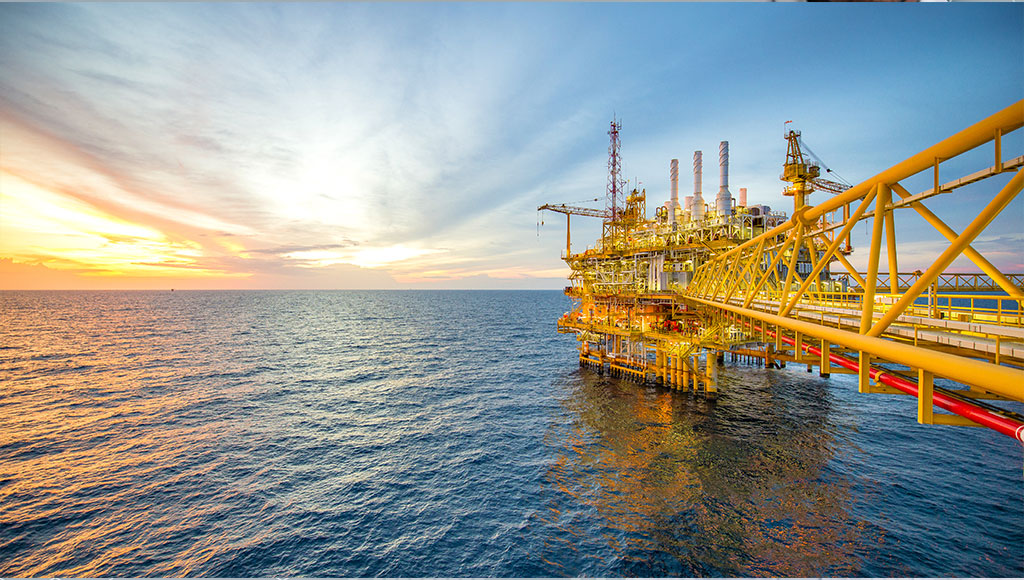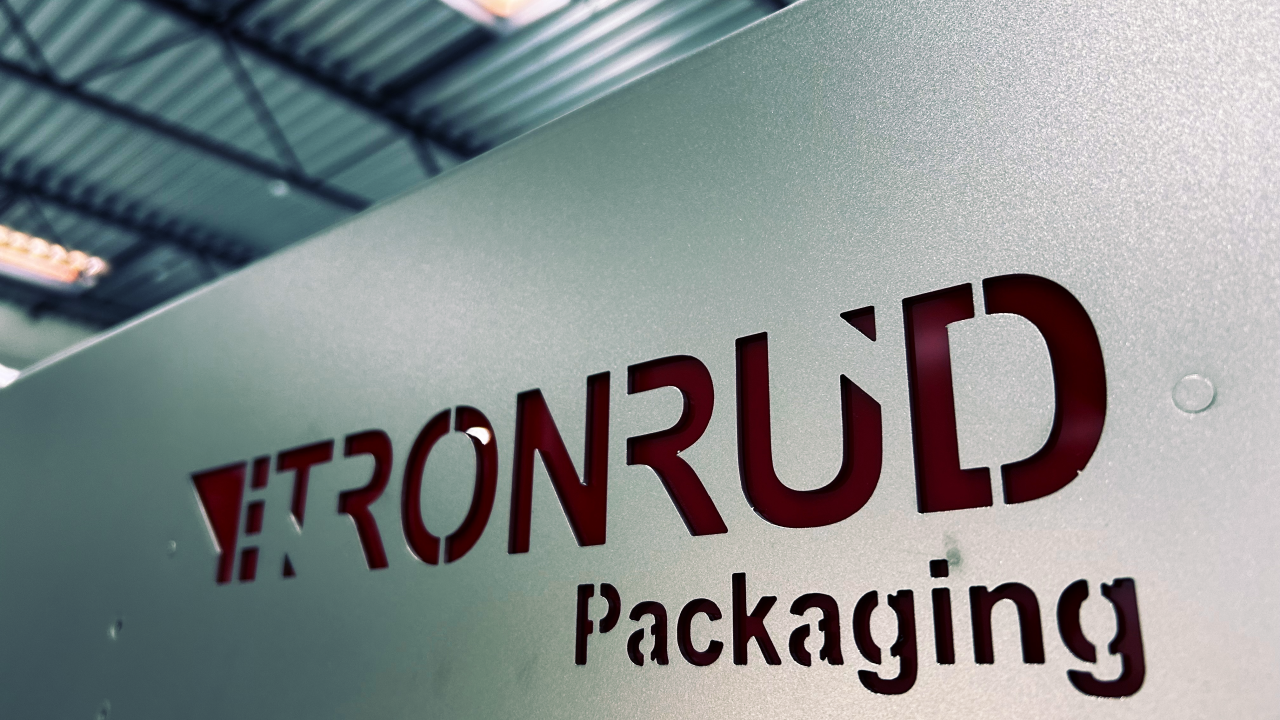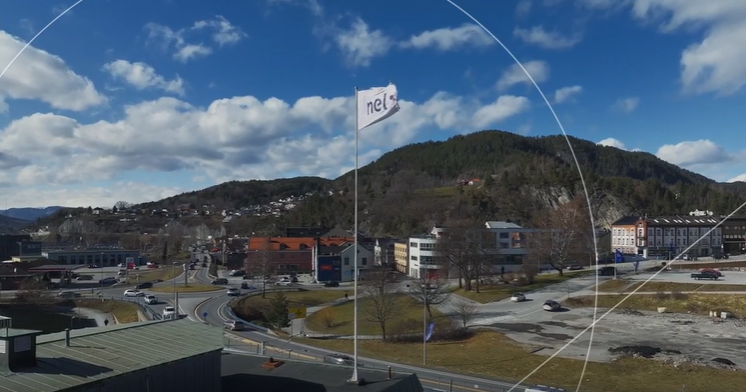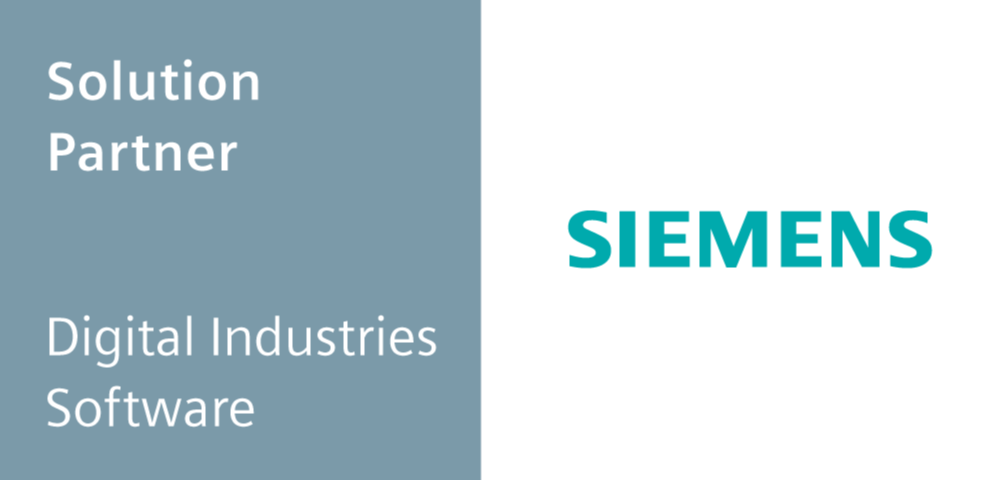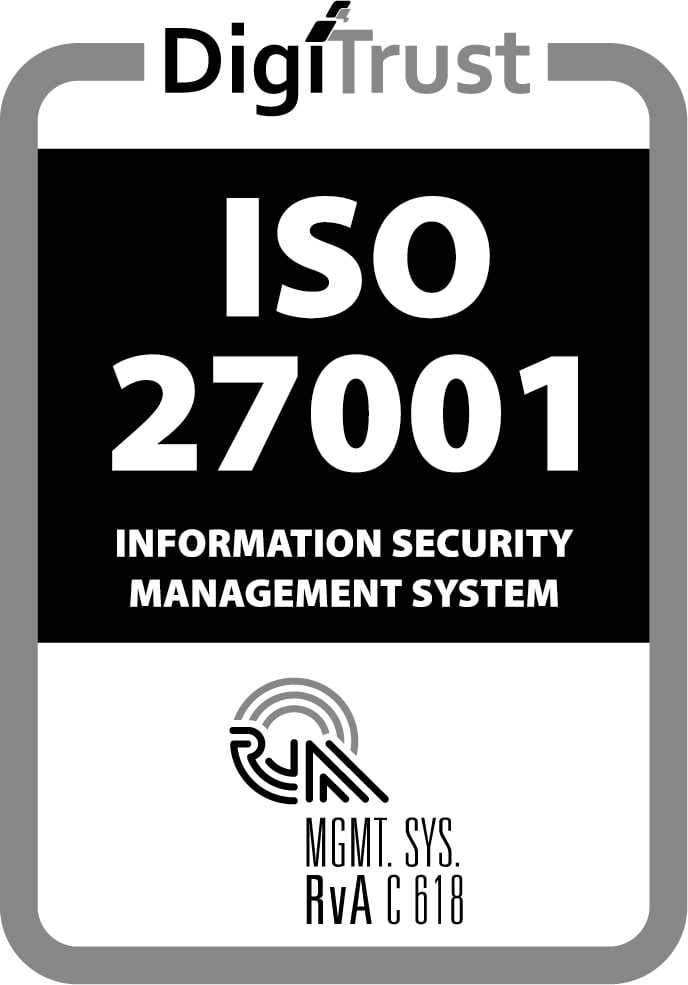THE GOAL
Leirvik is a Norwegian aluminium engineering, procurement and construction (EPC) specialist working with on- and offshore clients. Originally a boat repair company, it has been a leading provider of prefabricated aluminium living spaces for the offshore oil and gas sector for more than 40 years.
As an end-to-end project specialist, Leirvik not only has its own design department but also its own shipyard big enough to assemble some of the largest aluminium structures in the world.
It hired low-code and no-code experts CLEVR to help it automate some aluminium welding processes using robots. The aim was to turn the world-beating knowledge of Leirvik’s expert welders into code as the first phase of the ARoW (automatic robot welding) pilot project. The aim of ARoW was to improve efficiency and cut costs to help Leirvik remain competitive into the future in its existing markets, as well as any new ones it enters.
THE APPROACH
The majority of Leirvik’s work is for custom and tailored designs, and the company has only a small number of standardised products.
However, it realised there were repetitive processes during each manufacturing process which were well suited for automation. It identified these by breaking down the products into the individual aluminium profiles used in the different production stages. The key was to find out exactly what could be done by robots and then build a program which told them exactly how to perform.
Essentially, CLEVR creates a digital representation of the robot cell, places the product in a digital twin and programs the tasks that the robot performs. If the simulation is accurate, the process is saved as a robot code. This is then uploaded as a job package and becomes the robot’s job description. The code enables the robot to repeat the job again and again.
THE RESULTS
For the project’s validation phase, CLEVR generated automatic welds in 3D based on standardised rules and made fully automatic cutting sketches for the different parts that need to be cut out and put together.
The project started by automating the simplest welds. But even these involve complex processes that can only be perfected through much trial and error. This meant producing a series of mock-ups to help identify and address errors until everything was correct.
Many challenges had to be overcome when converting the theory of automatic welding into practice. For example, in the digital world, everything is perfect and standardised. In reality, that is not the case. To address this, a laser sensor was used that allowed the robot to auto-correct its welding.
This laser sensor collects live data to allow the robot to adjust its processes according to what is actually in front of it. It can check, for example, whether the object about to be worked on is positioned correctly and adjust the robot if not.
The automatic welding robots were good enough for Leirvik to proceed with the second phase of ARoW, where it further developed the solution in conjunction with CLEVR.
CUSTOMER QUOTE
“CLEVR had three months to prove that they could rise to the challenge, and they more than succeeded: they surpassed themselves”
Morten Bjelland, head of technology & digitalisation, Leirvik
